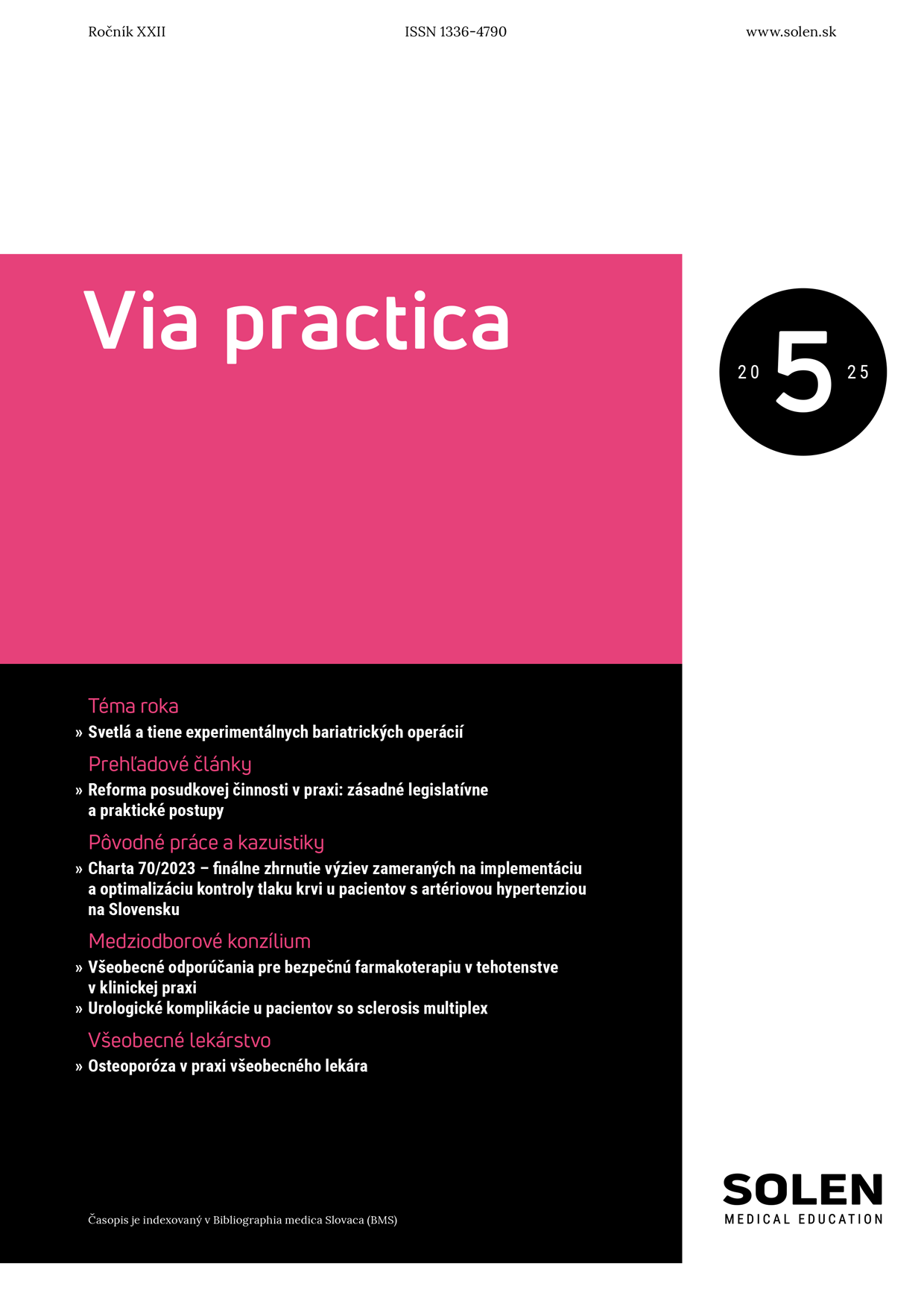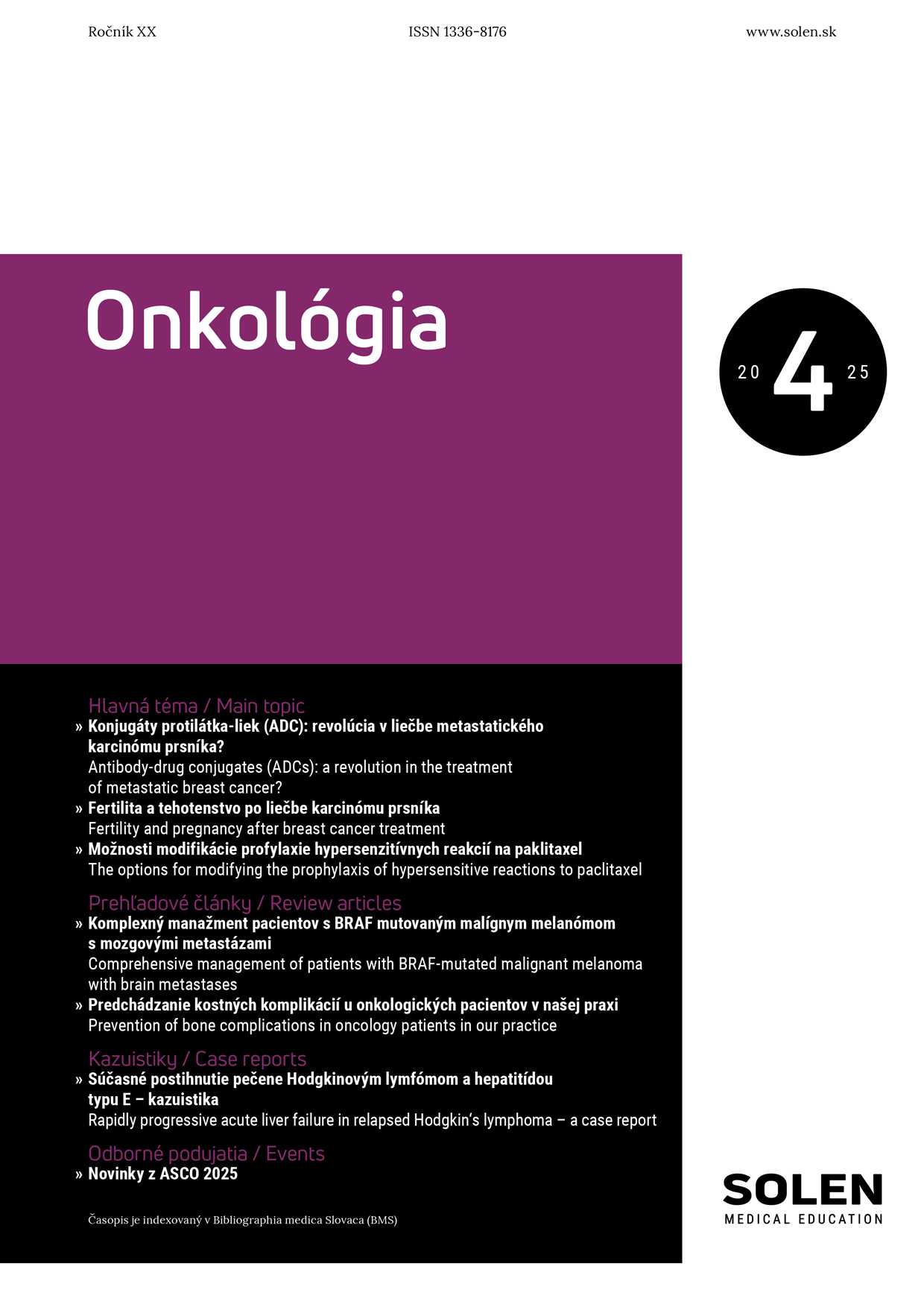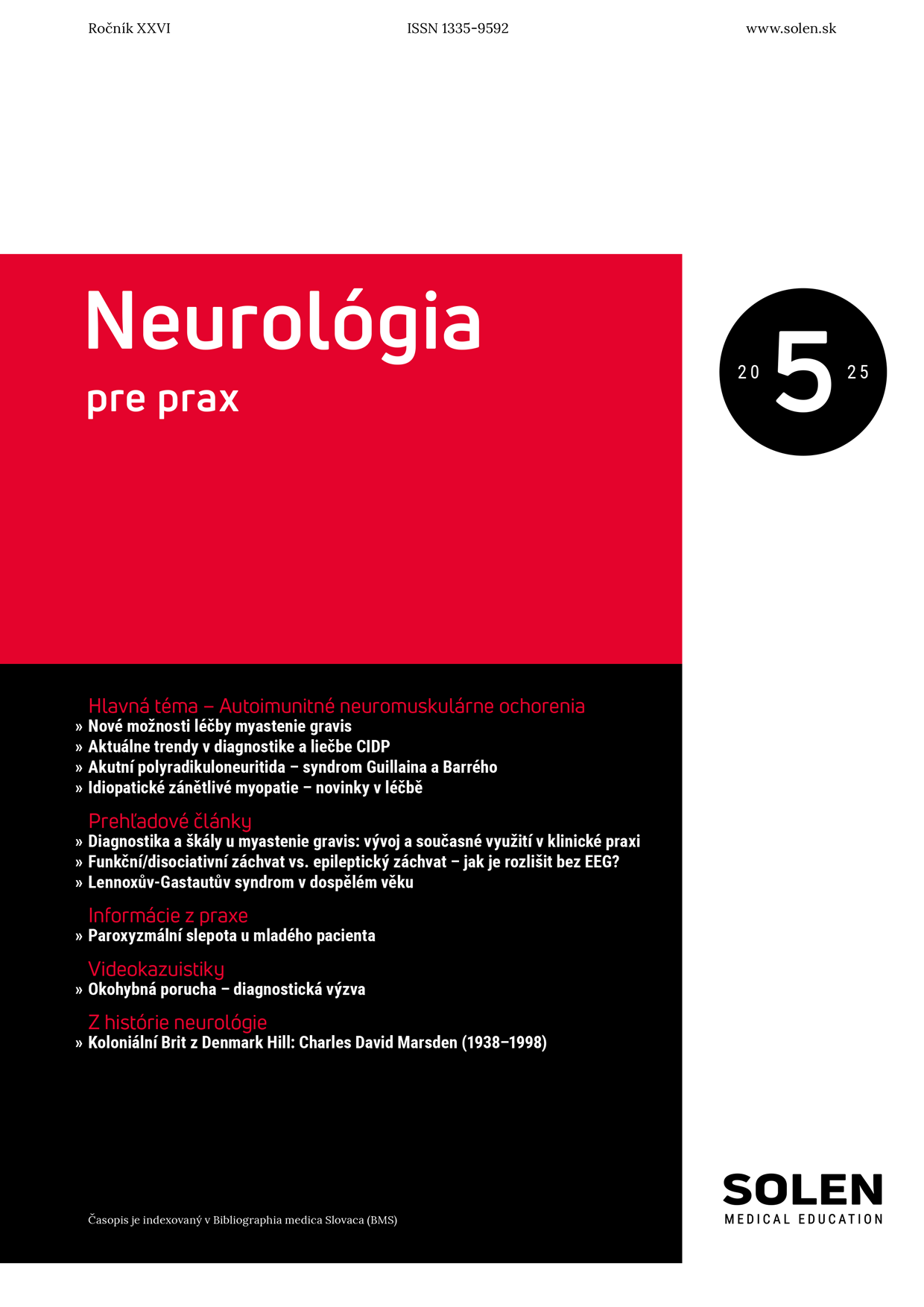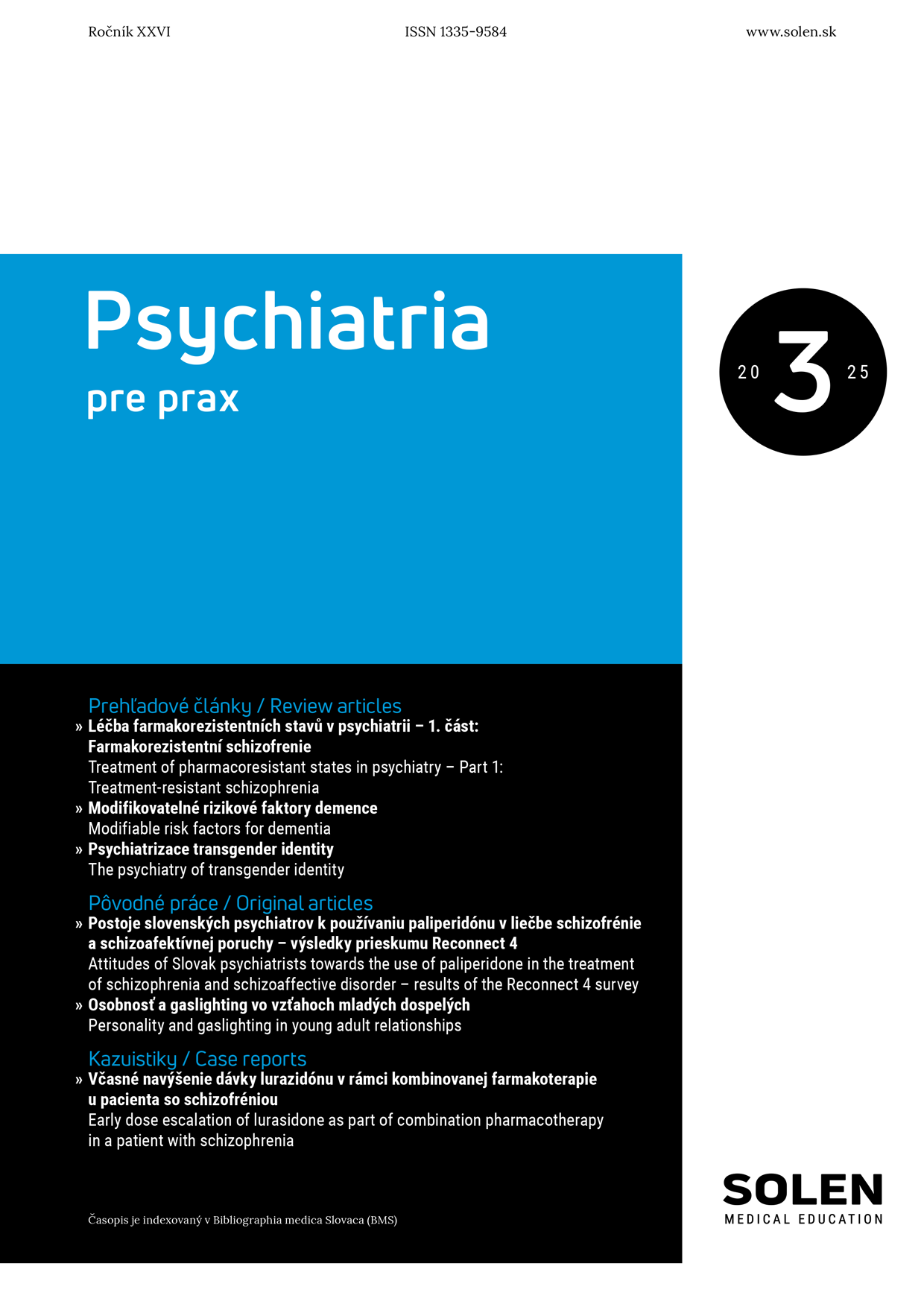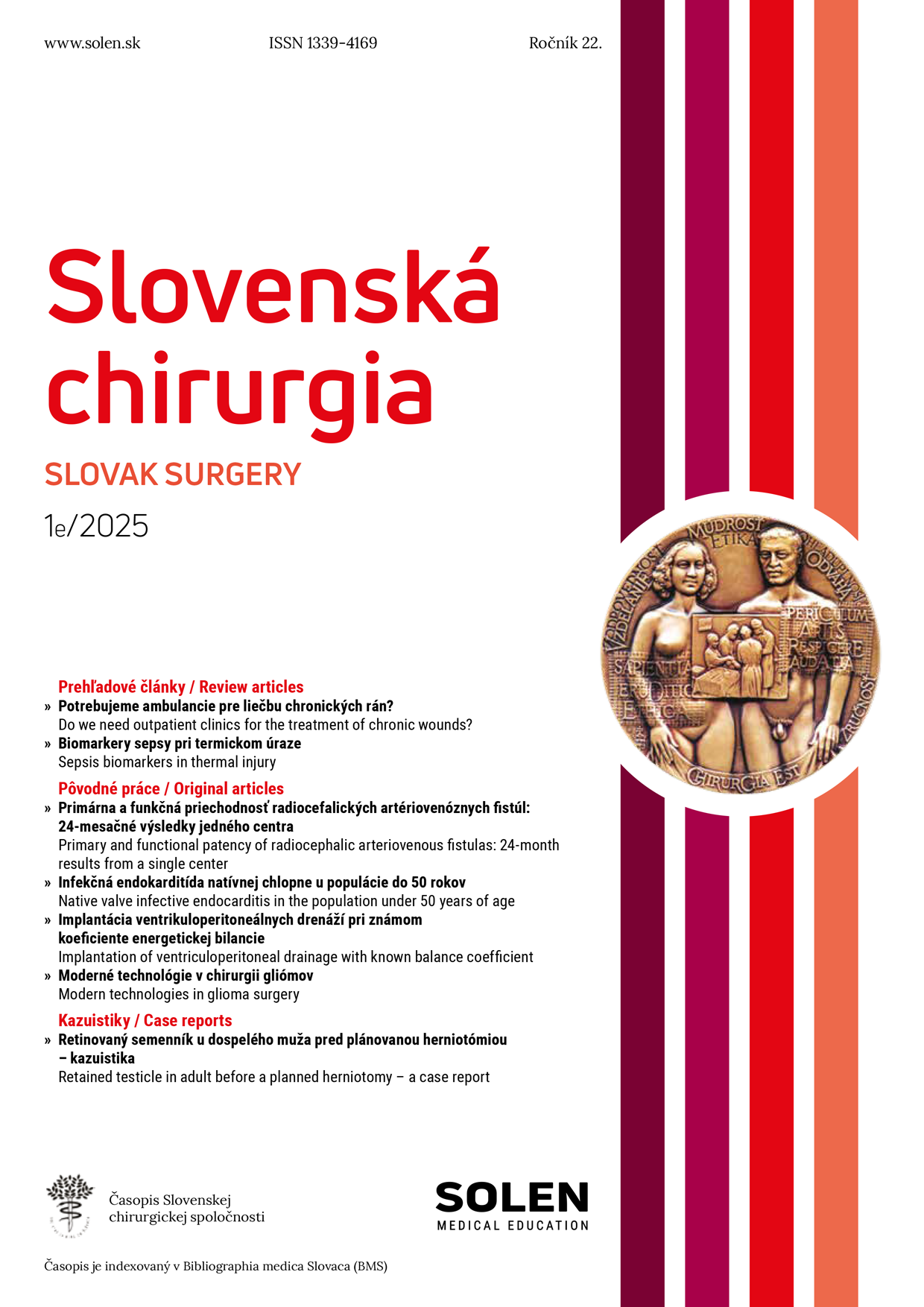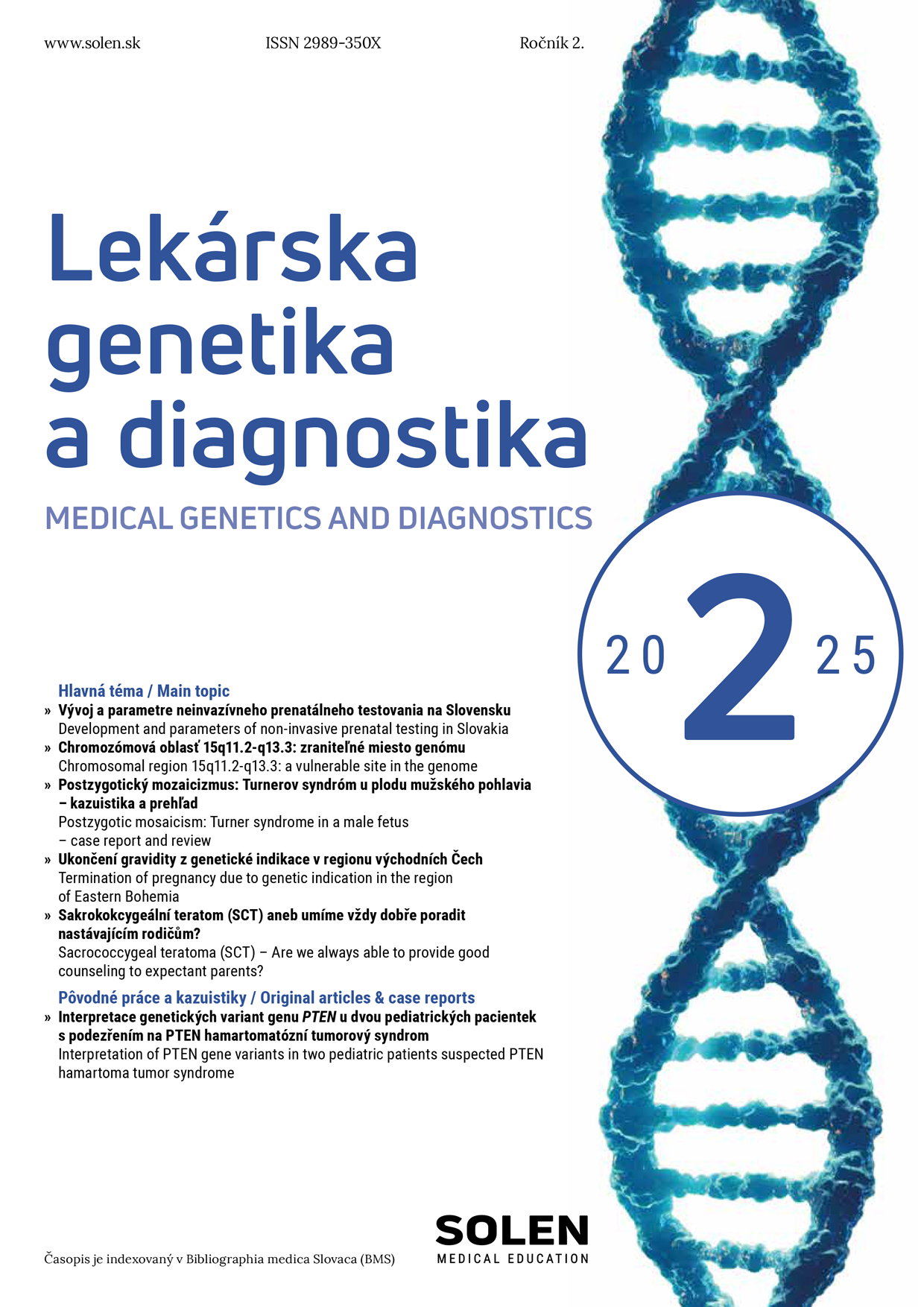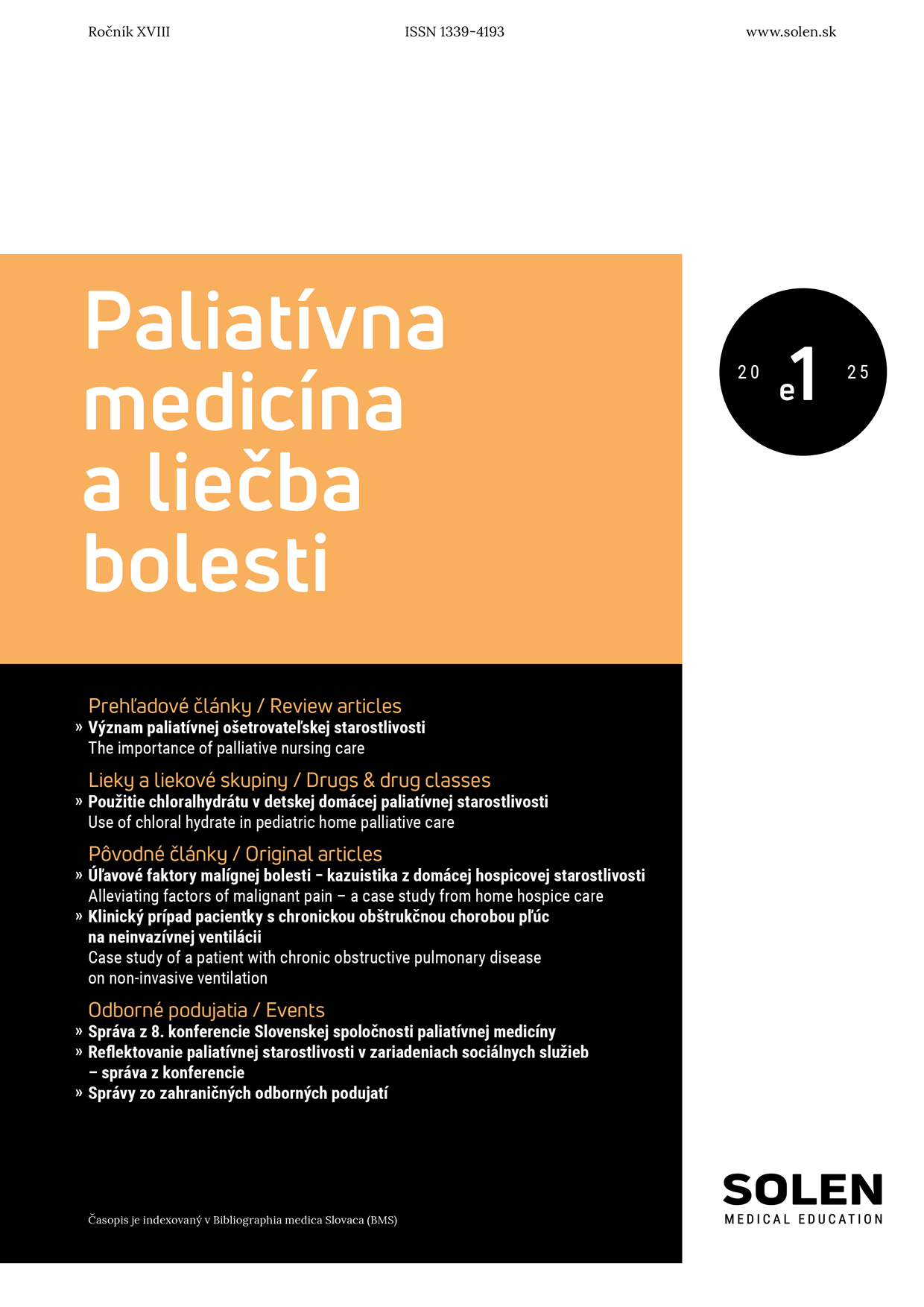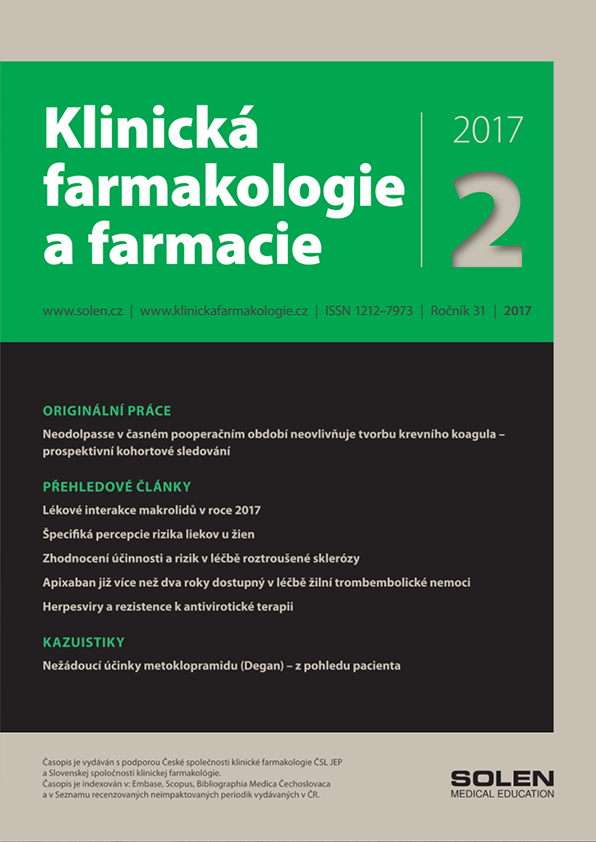Slovenská chirurgia 4e/2023
Možnosti miniinvazívnej chirurgie pri riešení následkov úrazov v anorektálnej oblasti
MUDr. Tomáš Vasilenko, PhD., MUDr. Radoslav Krajničák, PhD., MUDr. Andrej Vrzgula, PhD., MUDr. Vít Pribula, PhD.
Poranenia v oblasti anorekta nie sú časté, avšak môžu byť veľmi závažné. Vznikajú v dôsledku penetrujúcich úrazov panvy a perianálnej oblasti, ako aj dôsledkom vážnych tupých úrazov, často spojených so zlomeninami panvy. Vyznačujú sa spoločnými klinickými príznakmi, ako je bolesť a krvácanie. Neskorá diagnostika poranenia a omeškaný chirurgický zákrok zvyšujú morbiditu a mortalitu pacientov. Autori prezentujú kazuistiku pacienta s ťažkým poranením anorektálnej oblasti po páde z výšky na peň stromu. Pacient bol ošetrený na chirurgickej ambulancii 24 hodín po úraze a po včasnej diagnostike podstúpil urgentný operačný výkon. Bola realizovaná revízia anorektálnej oblasti s extrakciou cudzích telies a drenážou kanála penetrujúceho poranenia konečníka. Následne bola vykonaná laparoskopická revízia dutiny brušnej s vyvedením terminálnej sigmoideostómie a drenážou dutiny brušnej. Predložená práca poukazuje na možnosti využitia miniinvazívnej chirurgie pri riešení následkov úrazov v anorektálnej oblasti.
Kľúčové slová: úraz, konečník, miniinvazívna chirurgia
Possibilities of minimally invasive surgery in addressing consequences of injuries in the anorectal area
Injuries in the anorectal area are not common but can be highly serious, resulting from penetrating trauma to the pelvis and perianal region, as well as severe blunt trauma often associated with pelvic fractures. They manifest with common clinical symptoms such as pain and bleeding. Delayed diagnosis of injuries and postponed surgical intervention increase the morbidity and mortality of patients. The authors present a case study of a patient with severe anorectal injury following a fall from a tree stump. The patient was treated at the surgical outpatient clinic 24 hours after the injury and, following early diagnosis, underwent an urgent surgical procedure. A revision of the anorectal area was performed, involving the extraction of foreign bodies and drainage of the canal for penetrating rectal injury. Subsequently, a laparoscopic examination of the abdominal cavity was conducted with the creation of a terminal sigmoidostomy and drainage of the abdominal cavity. The presented work highlights the potential of utilizing minimally invasive surgery in addressing the consequences of injuries in the anorectal region.
Keywords: injury, rectum, minimally invasive surgery



